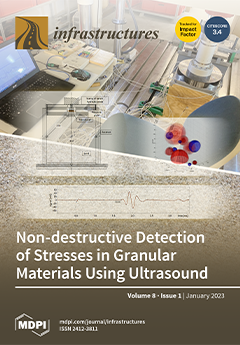Implementing building information modeling (BIM) in construction projects can provide team members with an effective collaboration process. Therefore, organizations are implementing BIM to acquire the benefits. However, project members still use traditional collaborative approaches due to the lack of trust. Therefore, this study
[...] Read more.
Implementing building information modeling (BIM) in construction projects can provide team members with an effective collaboration process. Therefore, organizations are implementing BIM to acquire the benefits. However, project members still use traditional collaborative approaches due to the lack of trust. Therefore, this study aims to identify the factors, challenges, and strategies of trust in BIM-based construction projects. To achieve this aim, semi-structured interviews were conducted with twenty industry professionals, and thematic analysis was used to analyze the collected data. The results suggest that the factors affecting trust in BIM-based construction projects are knowledge, skills, awareness, behavior, policy, system, cost, and management. Moreover, the challenges to creating trust in BIM-based construction projects are policy, cost, cooperation, system, service, behavior, expertise, and knowledge. Finally, the strategies used to create trust in BIM-based construction projects are management, preparation, capability, cooperation, awareness, individuals, education, and government. In summary, this study provides insights that can help industry practitioners to improve construction projects by reducing unnecessary distrust among team members.
Full article





